Optisystem: optical circuit simulator EN/ES
There is a considerable amount of theory on fiber optics, optical circuits and related topics, with the previous articles we have already laid our theoretical foundations to address slightly more complex issues.
But I am one of those who think that in order to learn well about something you must move from theory to practice, of course, I have had this in mind since I started the subject of optical systems and took the initiative only when I could ensure that I could do some practical demonstrations.
No, I am not going to make a fiber optic cable laying of many kilometers distance, we will continue to take advantage of the magic of computer technologies by using simulator software, now OptiWave's OptiSysten software is introduced in the blog.
Existe una cantidad considerable de teoría sobre fibra óptica, circuitos ópticos y temas afines, con los artículos anteriores hemos sentado ya nuestras bases teóricas para abordar temas un poco más complejos.
Pero soy de los que piensan que para poder aprender bien sobre algo debes pasar de la teoría a la práctica, por supuesto, he tenido esto en mente desde que inicie el tema de sistemas ópticos y tome la iniciativa sólo cuando pude asegurar que podría hacer algunas demostraciones prácticas.
No, no voy a hacer un tendido de fibra óptica de muchos kilómetros de distancia, seguiremos aprovechando la magia de las tecnologías informáticas mediante el uso de software simulador, ahora se introduce en el blog el software OptiSysten de OptiWave

To describe this software in simple words we can say that it is a simulator of optical systems in the same way that Proteus would be for electronic systems.
It is in fact a software so powerful that it allows us to create optical circuits and make several analyses of them by means of spectrum, frequency, wave and signal analyzer instruments, among many others.
In its default library it presents a great diversity of components that can be used for simulations and analysis.
Para describir este software con palabras simples podemos decir que es un simulador de sistemas ópticos en la misma forma que lo sería Proteus para sistemas electrónicos.
Es de hecho un software tan potente que nos permite crear los circuitos ópticos y hacer diversos análisis de los mismos mediante instrumentos analizadores de espectro, frecuencias, ondas, señales entre muchos otros.
En su librería por defecto presenta una gran diversidad de componentes que pueden ser usados para las simulaciones y análisis.

The previous image is the screen that we will see when starting a new project (without my customized logo) to the left we can see 4 folders (Default, Custom, Favorites and Recently used), by the names of each folder we can intuit what it is about.
In Default we will find all the components based on the libraries that the program offers, in Custom those that we add on our own, in Favorites those that we choose to save there and in Recently used the last ones that we have used.
The components are grouped in folders according to their type, to add a component to the work area we only have to locate it and then drag it to it.
La imagen anterior es la pantalla que veremos al iniciar un nuevo proyecto (sin mi logo personalizado) a la izquierda podemos ver 4 carpetas (Default, Custom, Favorites y Recently used), por los nombres de cada carpeta podemos intuir de qué se trata.
En Default encontraremos todos los componentes basados en las librerías que ofrece el programa, en Custom las que nosotros agreguemos por nuestra cuenta, en Favoritos las que nosotros escojamos para guardar ahí y en Recently used las últimas que hemos usado.
Los componentes están agrupados en carpetas segun su tipo, para añadir un componente al área de trabajo solo debemos ubicarlo y luego arrastrarlo hasta ella.

The way to interconnect components is also similar to Proteus, touch the terminal and drag the line to where we want to take the connection.
Like LabView, it has a system that prevents us from making erroneous connections, that is, interconnecting components that are logically incompatible in the system.
La forma de interconectar componentes es también similar a Proteus, tocar el terminal y arrastrar la línea hasta donde deseamos llevar la conexión.
Al igual que LabView tiene un sistema que nos impide hacer conexiones erróneas, es decir, interconectar componentes que son lógicamente incompatibles en el sistema.
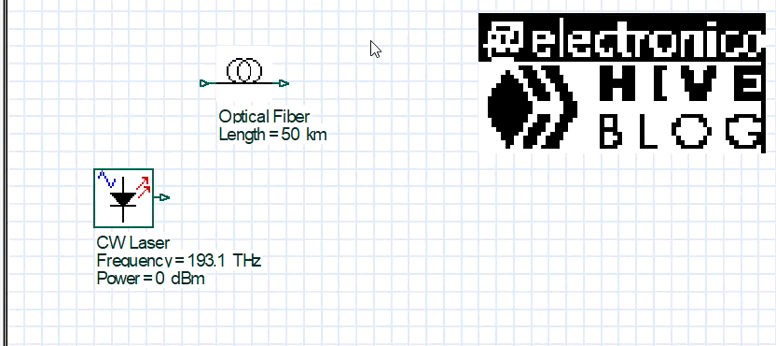
Well, we already have the theoretical foundations, a software to simulate and we know how to create a file, place components and connect them together, we are very close to start simulating our optical systems and I say close because we still need to familiarize ourselves with the components we must use.
But it has occurred to me that instead of explaining the huge list of components and their functions we can go designing systems and explaining them according to the ones we are using. That way we extract the most relevant information and save a lot of study before we can understand the assembly and operation of some systems.
Bien, ya tenemos los fundamentos teóricos, un software para simular y sabemos cómo crear un archivo, colocar componentes y conectarlos entre sí, estamos muy cerca de comenzar a simular nuestros sistemas ópticos y digo cerca porque aún nos falta familiarizarnos con los componentes que debemos usar.
Pero se me ha ocurrido que en lugar de explicar la enorme lista de componentes y sus funciones podemos ir diseñando sistemas e ir explicandolos segun los que vayamos usando. De esa forma extraemos la informacion más relevante y ahorramos mucho estudio antes de poder comprender el montaje y funcionamiento de algunos sistemas.
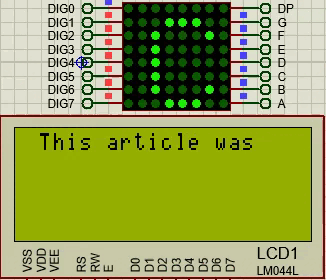
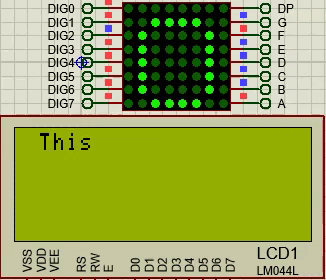
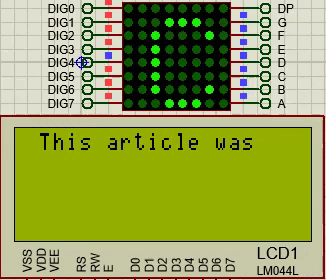
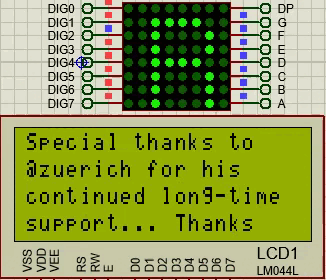








Yay! 🤗
Your content has been boosted with Ecency Points, by @electronico.
Use Ecency daily to boost your growth on platform!
Support Ecency
Vote for new Proposal
Delegate HP and earn more
Thanks for your contribution to the STEMsocial community. Feel free to join us on discord to get to know the rest of us!
Please consider delegating to the @stemsocial account (85% of the curation rewards are returned).
Thanks for including @stemsocial as a beneficiary, which gives you stronger support.